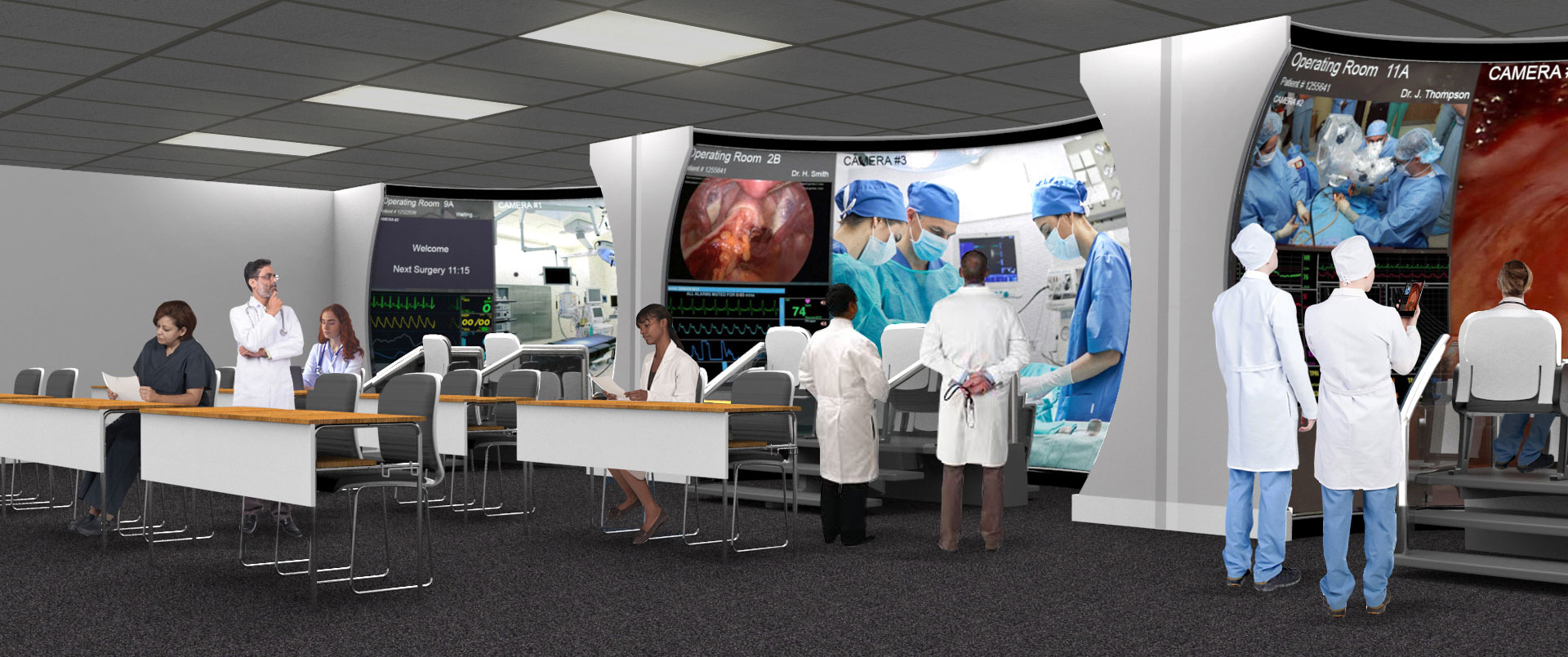VR for hospitals
Have you ever wondered what the cutting edge of medical technology is? There’s one innovation that has risen to the forefront in recent years: virtual reality. VR can assist patients as much as the doctors and nurses that treat them by making treatments more efficient, enhancing communication, and improving patient experiences. From offices to clinics and hospitals, VR devices can benefit every sector of the medical field.
From learning
VR has widespread applications in the medical industry, particularly in medical education. Becoming a doctor requires years of research, training, and hands on experience. Previously, medical schools relied on cadavers or live participants to train and provide students with direct experience. Now, with the help of virtual reality, medical students can explore the human body in a completely immersive, risk-free environment.
VR simulations also equip medical students with insights into diverse health conditions from the patient’s perspective, enhancing both understanding about and empathy for many common medical conditions. Many VR training scenarios can accommodate up to 100 participants and, depending on the nature of the program, provide live feedback. Certain devices also allow instructors to observe trainees during simulations, enabling them to give more thorough feedback.
Once you leave the classroom, virtual reality can improve medical practice in a variety of ways. Virtual reality can enhance the patient experience by distracting patients from painful procedures or reducing mental health symptoms using immersive experiences. VR has also been used in rehabilitative programs for people with MS, spatial deficits following a stroke, or other cognitive conditions, while motion enabled VR games have proven effective in physical therapy treatments.
To surgical procedures
Virtual reality is changing the way we think about and practice medicine. Advanced VR tools have been used to virtually explore a patient’s organs, including the brain, prior to surgery. This has improved surgical performance by 230% compared to traditional methods. In turn, doctors can share this information with patients and their loved ones to give them a fuller understanding of their condition or the proposed procedure. As we can see, virtual reality is helping doctors provide better medicine and treatment to their patients, both by improving their education and enhancing their methods.
VR for surgery is not yet widespread, but more and more hospitals around the globe are beginning to incorporate this technology into their practice. We can only expect to see the use of virtual reality in hospitals continue to grow as time goes on and the technology becomes more accessible and efficient.

